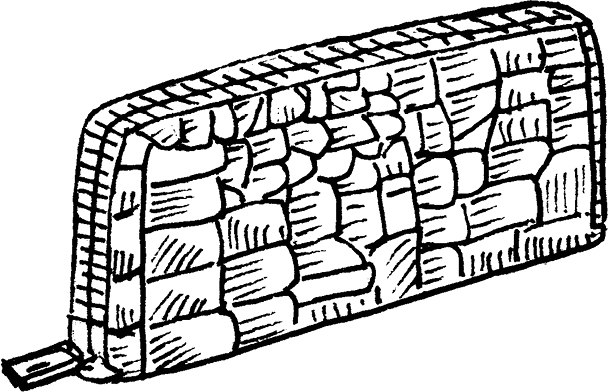Chapter 4
Surfing with Salties
As Steve grew older, Bob began to depend on him to help save troubled freshies, snakes, and lizards. Sometimes they stayed in the bush for days, sleeping under the stars, tracking and capturing problem crocs. As Steve grew, so did the crocs he was allowed to capture.
Steve was different than most of the kids in his school. While he was out catching crocs, other boys were playing rugby, soccer, and cricket. At Steve’s home, there were lizards and crocs to feed and snakes to play with. As the park expanded, there were bigger and better enclosures to help build. Lyn needed help with the baby opossums, koalas, kangaroos, birds, and lizards. Why would anyone want to play sports after school when they could be doing this? Steve asked himself.


But there was one sport he loved almost as much as he loved catching crocs—surfing. By the time he was in high school, Steve was a great surfer. Steve attended Caloundra State High School. The school was about a half hour from his house. But it was a short five-minute drive from one of the best surfing beaches. Steve began to spend more and more time surfing.
By the time Steve finished high school in 1979, the Beerwah Reptile Park was overflowing with all kinds of wildlife. Poisonous and nonpoisonous snakes wrapped around tree branches. Lizards and chameleons skittered past Lyn’s kangaroos, koalas, and baby birds. There was so much to do. When he was home, Steve helped his sisters collect money from the people who came to see the reptiles. He showed the visitors how he fed the crocodiles and other reptiles. He tried to answer their questions.

As for Bob Irwin, he was becoming well-known. Articles about his talks at the park were printed in newspapers all over the area.
Bob believed that education was the best way to help people understand the wildlife he loved. Once they came to know crocodiles and snakes, they wouldn’t fear them. They wouldn’t shoot them. In time, people from all over the world came to hear Bob talk. The money the visitors paid was put back into the park.
In 1982, the Irwins bought four acres next to the park. Bob and Steve worked the land together. They dug holes. They put up fences. Now the crocs and other wildlife had more room to wander safely.

The park was overflowing with all kinds of Australian wildlife. Newspapers called it one of the area’s best places to visit.
In 1980 the Beerwah Reptile Park became the Queensland Reptile and Fauna Park. Steve was twenty years old. He had been working at home with his parents. Now, he was itching to get back to the bush. There were crocs in trouble that needed to be relocated.
Bob was ready, too. Visitors to the park had been asking him about the dangerous saltwater crocs that had moved into rivers and creeks up north.
I read that they eat people, the visitors said. They’re gigantic! I’m afraid to go near the water. They should be shot!

Bob tried to explain that these creatures had been around for more than one hundred million years. Longer than the dinosaurs. Somehow, they had managed to survive. Until now. People want to wear crocodile shoes, he said. They want to carry crocodile purses. So they shoot these magnificent reptiles for their skins. If something isn’t done, salties will become extinct.
The Australian government had placed saltwater crocodiles on the endangered species list. Killing crocs meant heavy fines, or even prison. But salties were still being shot.
Until now, Steve had spent most of his time trying to save and relocate freshwater crocs. Now he wanted to find a way to save salties.
In 1985, Steve heard that the government was setting up the East Coast Crocodile Management Program to control the saltie problem. Steve and Bob signed on as volunteers. From then on, they would spend their time capturing and relocating “nuisance” Australian saltwater crocodiles. The salties they couldn’t relocate would be brought back to the park.
